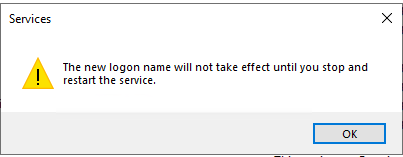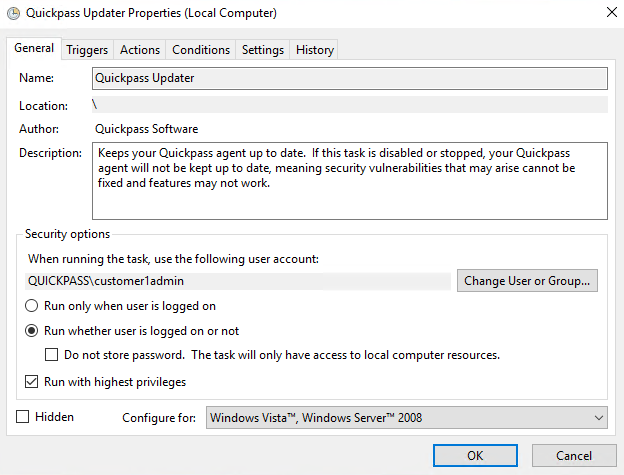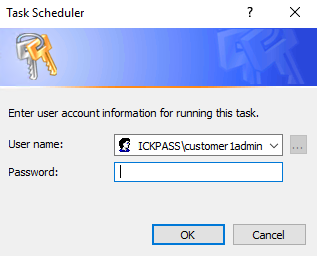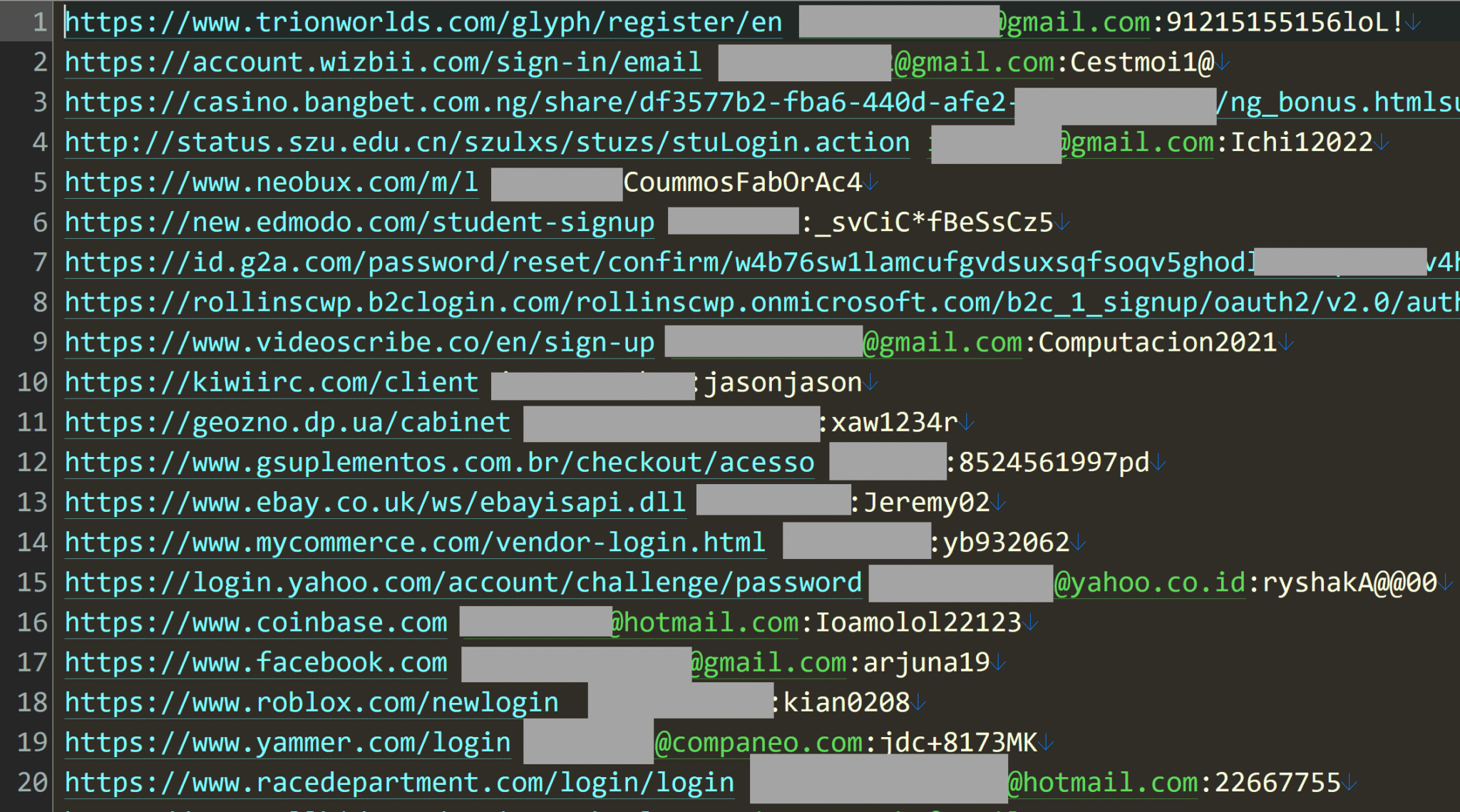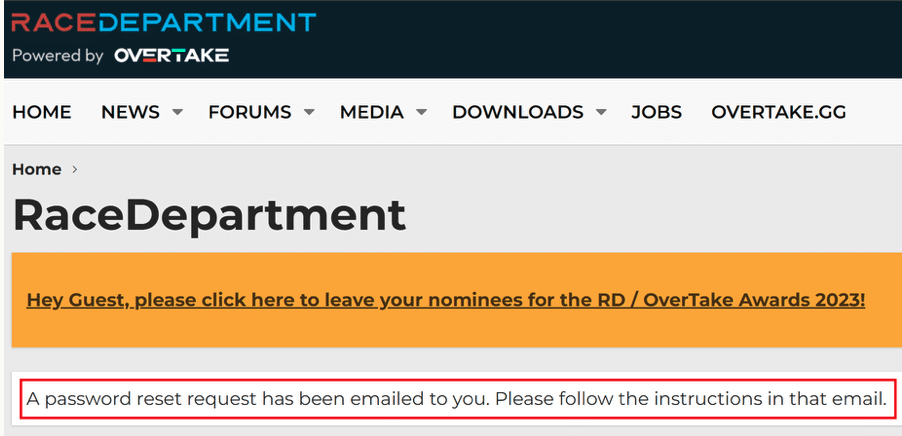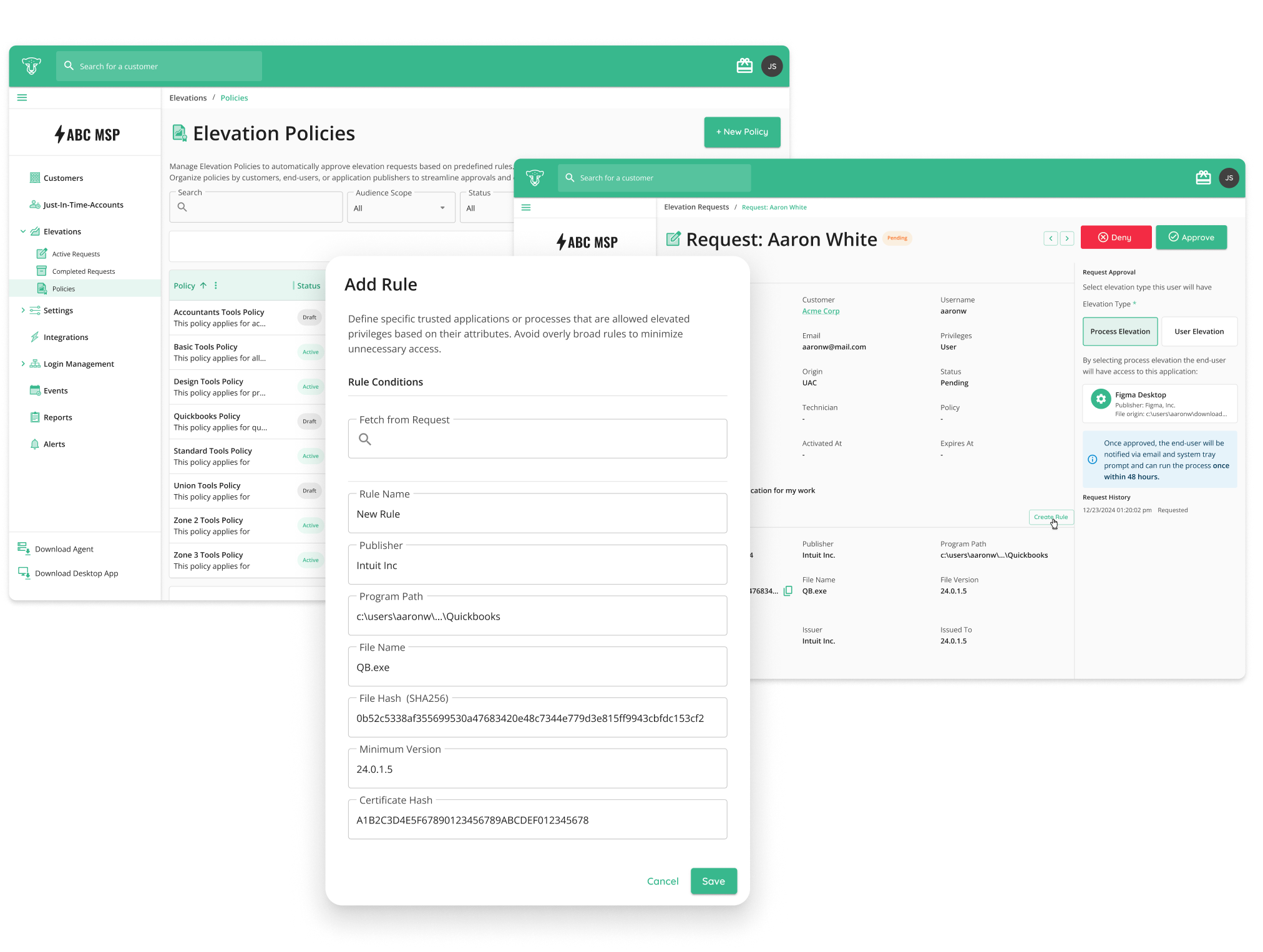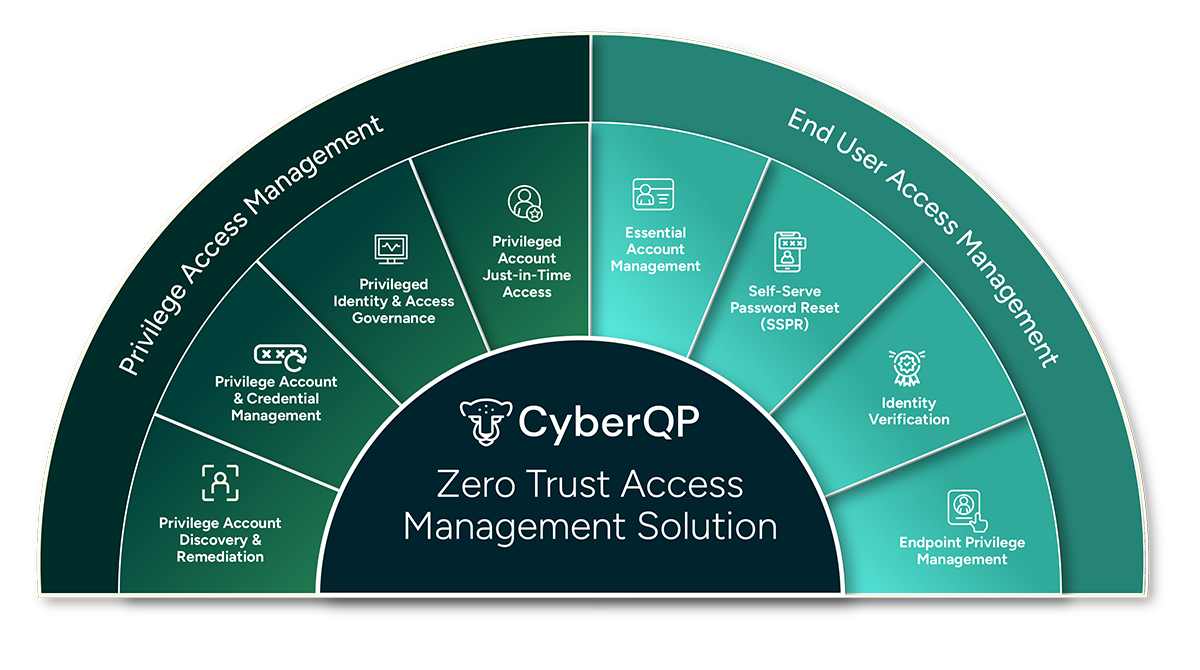Vancouver, BC
Quickpass, a leading provider of Privileged Access Management and Helpdesk Security Automation for MSPs, announced today that it has officially rebranded to CyberQP. The company has raised an additional $12M from its financial partner, Arthur Ventures, to continue to bring Privileged Access Management to MSPs.
According to the CEO, Mateo Barraza, the rebranding was necessary to accurately portray the company’s mission. “The ‘Quickpass Cybersecurity’ name took us far, but as our product evolved it stopped accurately portraying what we did. Our new name helps clarify what we are here to do: help MSPs with Privileged Access Management.”
CyberQP is dedicated to helping MSPs and their customers protect their critical assets. Their Privileged Access Management and Helpdesk Security Automation provide comprehensive security solutions that are essential for MSPs to protect against cyber threats.
The additional funding from Arthur Ventures will help CyberQP continue to grow its offerings and expand its reach to more MSPs all over the world. The company and its investors are fully committed to the MSP community and believe that MSPs are the only group of people who can secure SMBs.
“We are thrilled to have the continued support of Arthur Ventures and their confidence in our ability to help MSPs protect their customers,” said Mateo Barraza, CEO of CyberQP. “This funding will help us continue to develop innovative solutions and provide top-tier security services to MSPs.”









